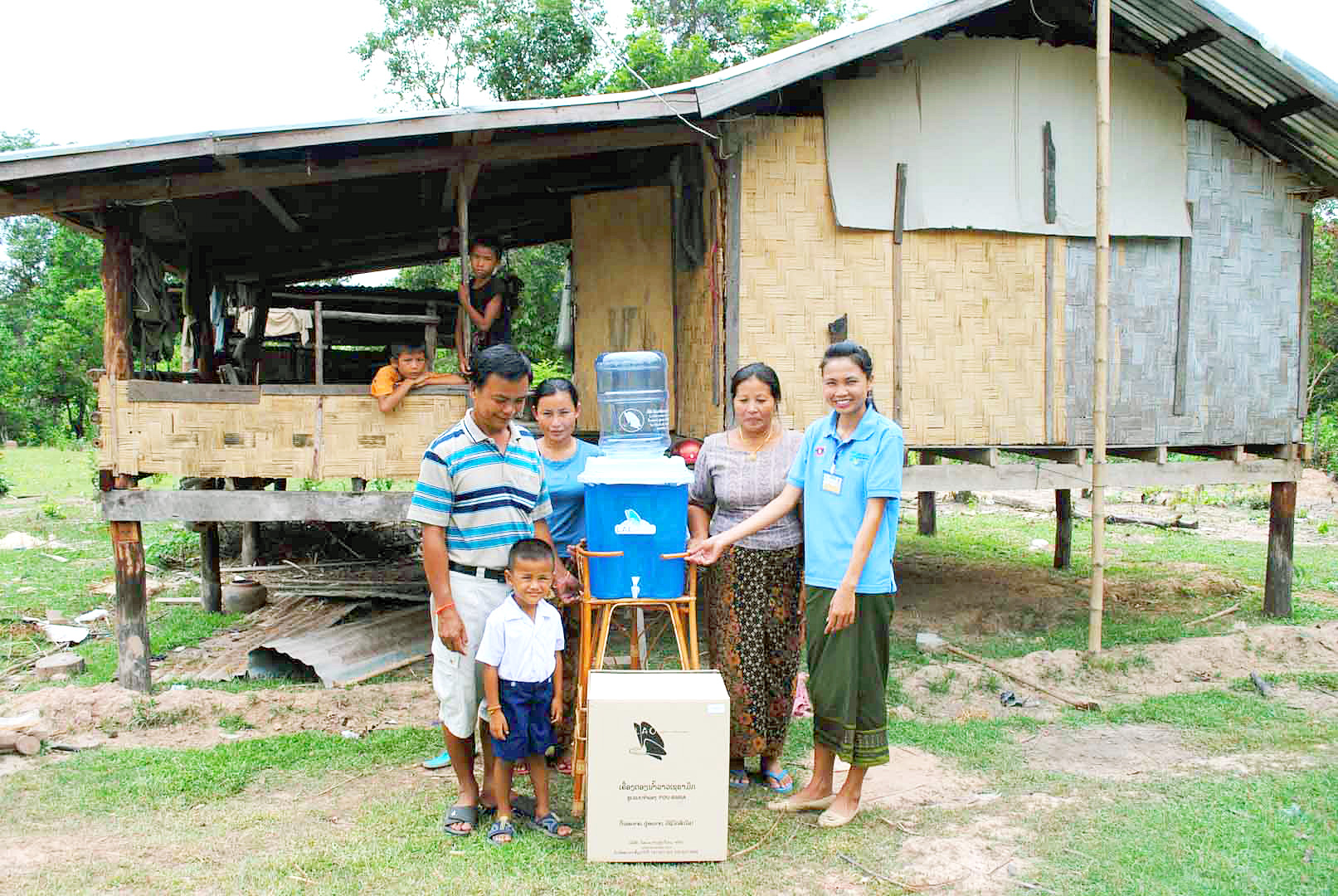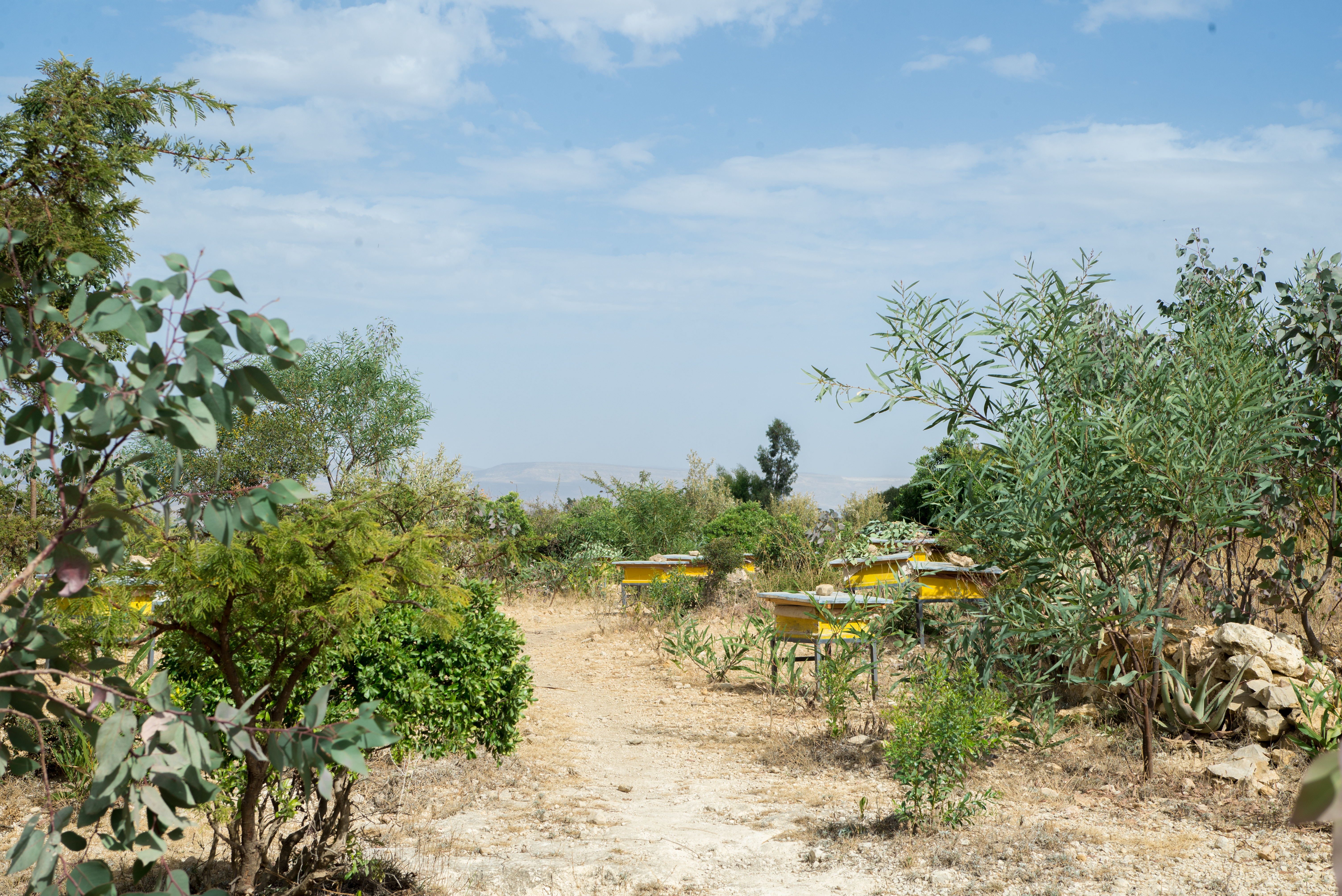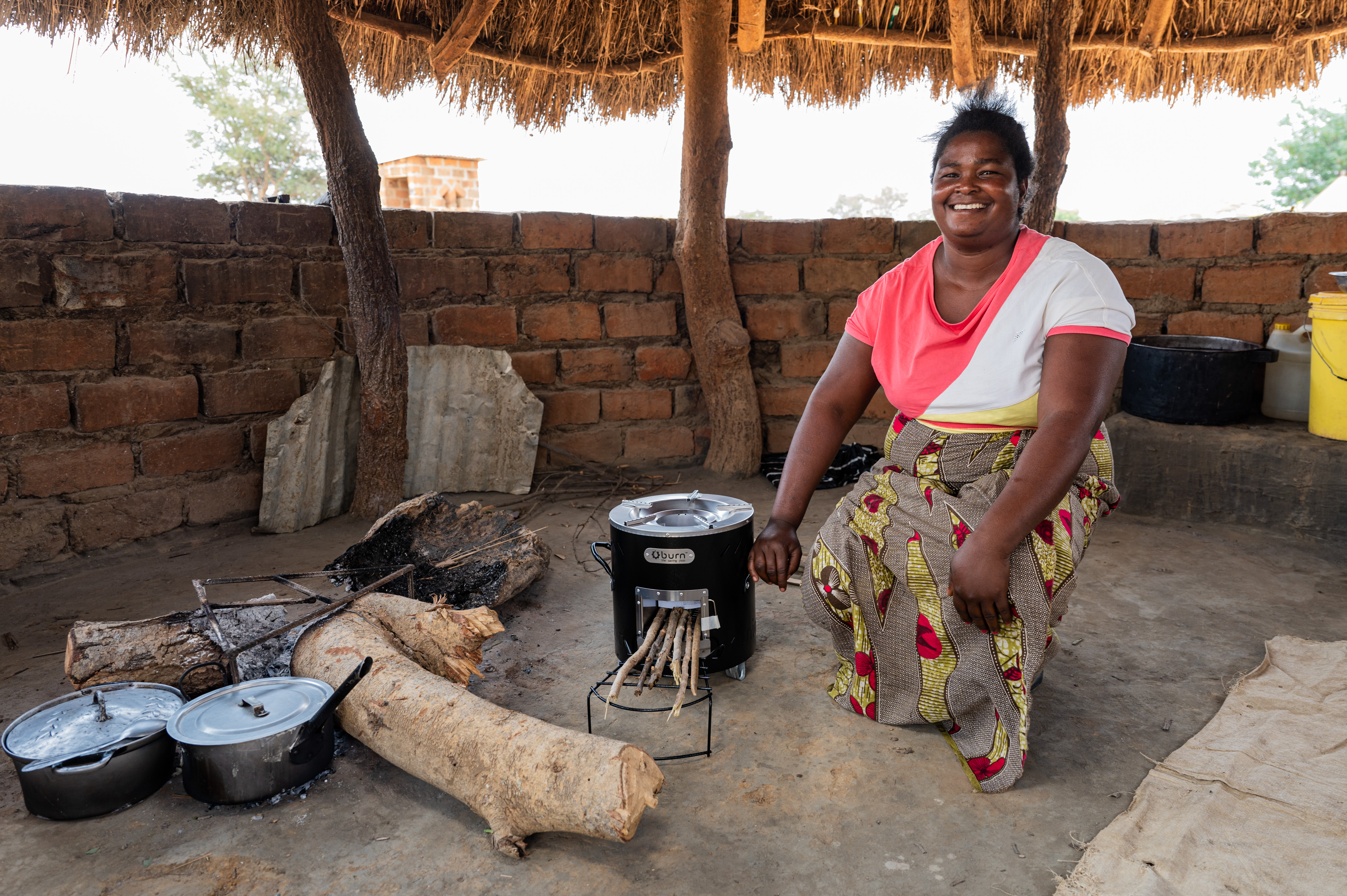Clean electricity and jobs in Anatolia
The Hamzali project comprises the construction and operation of a run-of-river power plant with a capacity of 16.7 MW. The power plant uses water from the river K?z?l?rmak, which has its source in eastern Anatolia. As Turkey's longest river, it flows over 1,000 km into the Black Sea. Since it carries very different seasonal quantities of water, it is dammed up to generate electricity. The annual production is about 127 GWh. At the same time, an irrigation system was set up as part of the project, which benefits regional agriculture. 9,600 hectares of land that have not been cultivated so far can now be used for agriculture. This creates additional jobs in a region characterised by a high level of emigration due to a lack of economic development. The weir guarantees a minimum flow rate of water, thus avoiding negative impacts on aquatic fauna.

Hydropower plants use the energy of water to generate electricity. The energy is harnessed by passing water through a turbine. Under the pressure of the water, the turbine turns and transfers this energy to a generator, which converts kinetic energy into electricity. This principle applies to all types of hydroelectric power plants: from small run-of-river power plants to pumped-storage power plants on bodies of water like lakes. In many parts of the world, electricity is still primarily generated from fossil fuels. Clean hydropower can replace some of this emission-intensive energy and thus verifiably save carbon emissions. In most hydropower projects, the electricity is fed into a regional power grid, diversifying the energy supply and improving energy security in areas affected by power shortages and blackouts. Often, these projects also create jobs for the local population. Hydropower projects thus make an important contribution to clean energy supply as well as contributing to the UN Sustainable Development Goals (SDGs). Hydopower projects in the ClimatePartner portfolio are registered with international standards.
Explore our projects
Biochar for Climate Action, Healthy Soils, and Better Harvests

A certified climate project combined with additional commitment

Expansion of renewable energy generation in Asia

Ceramic water filters save CO2 and improve health

Improved cookstoves worldwide – for better health and cleaner air

A certified climate project combined with additional commitment

Powering access to renewable energy in Africa

A certified climate project combined with additional commitment

Restored ecosystems remove carbon

Turning degraded farmlands into healthy ecosystems

Improved cookstoves - better for health and the environment








